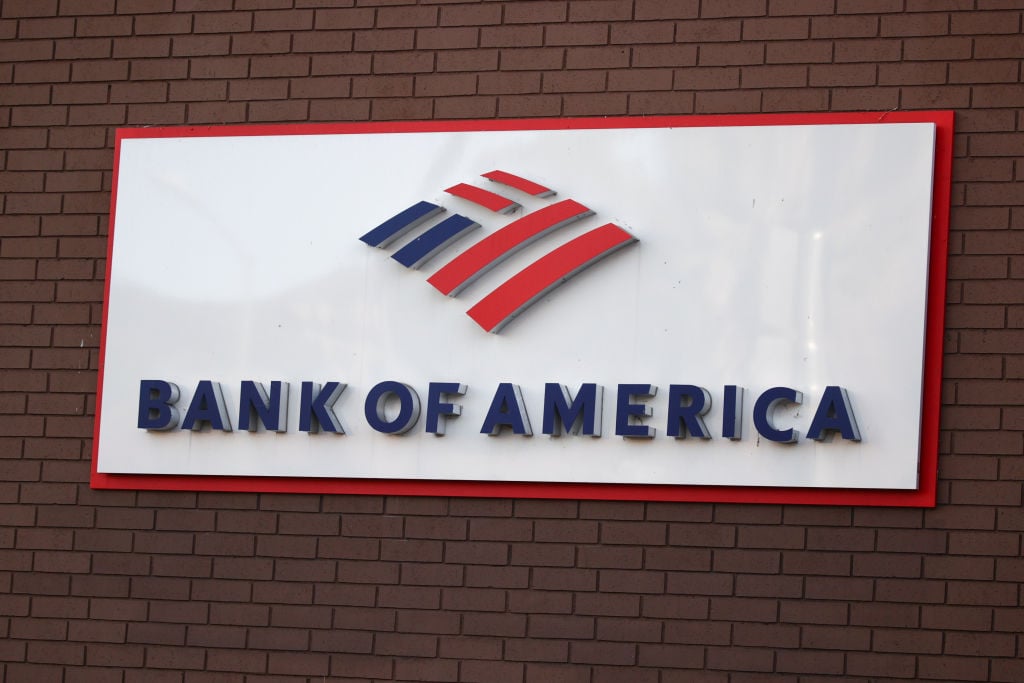Earlier this week, my fellow Fool Morgan Housel ran down some of the highlights and lowlights of Alan Greenspan's letter addressing the causes of the financial meltdown.
Among Greenspan's "great points" that Morgan highlighted was the following regarding "too big to fail": "Federal Reserve research had been unable to find economies of scale in banking beyond a modest-sized institution."
Come again? No economies of scale for megabanks like Citigroup (NYSE: C), JPMorgan Chase (NYSE: JPM), and Bank of America (NYSE: BAC)? That sounds blasphemous to me. Surely the empire-building efforts of folks like Jamie Dimon and Ken Lewis weren't for naught. Right?
Not content with taking Greenspan at his word, I figured I'd see what evidence I could come up with.
Bigger may be better, but huge may be worse
Back in 2002, Federal Reserve Board economist Dean Amel, along with Colleen Barnes of Canada's Department of Finance, and Fabio Panetta and Carmelo Salleo of the Bank of Italy, authored a paper called "Consolidation and Efficiency in the Financial Sector: A Review of International Evidence."
The paper gathered research that had been conducted in the U.S. and abroad on the impact of mergers within the financial services industry. The idea was to bring all the evidence together to come to a conclusion about whether mergers in the sector really created the hoped-for efficiencies.
The result? The group concluded the following:
In conclusion, the empirical evidence suggests that commercial bank M&As do not significantly improve cost and profit efficiency and, on average, do not generate significant shareholder value. There is evidence in favor of exploiting scale economies, but only up to a size well below that of the most recent large deals. Economies of scope are harder to pin down; there is no clear-cut evidence of their existence.
Ouch. In other words, building a bank to a certain size can improve efficiency, but beyond a certain size -- they suggest assets of $50 billion -- you don't gain anything. In fact, as the group presciently pointed out, banking mergers give rise to social costs, among them:
... consolidation can increase the risk of the operators involved, both at the individual level (by generating large and complex institutions that may suffer from diseconomies of scale) and at the systemic level.
Oh, you mean like near-failure of massive banks that threaten the whole financial system? I can't imagine that ever happening.
The little guy is onto something!
Roughly four years before the paper cited above, Craig Collette, president of Marathon National Bank (which is now part of PacWest Bancorp (Nasdaq: PACW)), spoke at the Federal Reserve Bank of San Francisco about the merger of Nationsbank and Bank of America.
Defending the Davids of the banking industry against the intrusion of Goliaths like B of A, Collette had this to say about economies of scale:
One recent study indicates that, except below a relatively low threshold in terms of combined assets, bank mergers do not in fact result in the realization of increased efficiency through economies of scale ... Several other studies ... found no significant cost savings or profit improvement (measured as return on assets or gross operating income) as a result of mergers. ... An analysis of the largest 100 banks in the May 1998 issue of USBanker shows that as a general rule the largest banks have poorer asset quality, lower profitability, less efficiency and weaker capitalization than the smaller banks on the list.
Meanwhile, he came to a similar -- if not even more accurate -- conclusion as the paper from Amel:
The trend toward mega mergers, and this includes this merger, is not healthy for Main Street where I come from, it is very risky for Wall Street, and it is bad for the Federal Reserve and other regulators who will have to bail out these mega giants when they are mismanaged, over speculate or reach too far in risk taking. These banks are the new super sized "too big to fail" varieties.
Well, we can't say that Collette didn't warn us.
Yet they continue
So why in the world would these megamergers continue, despite the evidence against efficiencies created by them? The Amel paper throws out a few ideas, some of them exploring reasons why the research may not have picked up on merger efficiencies. The explanation that jumped out at me, however, was this: "non-value maximizing motives (such as managerial hubris)."
You don't say.
And why exactly would managers be incented to press forward with empire-building? It's quite simple, whether you're Goldman Sachs (NYSE: GS) putting the pedal to the metal on leverage and trading growth, or Wells Fargo (NYSE: WFC) making hefty acquisitions, CEOs of larger banks get larger paychecks. In 2007, Wells Fargo had $575 billion in total assets, and its chairman took home $23 million in total compensation. M&T Bank (NYSE: MTB) had $65 billion in assets, and its top dog was paid $1.2 million.
So if we connect the dots, we've got managers pushing to build massive banks to score massive paychecks, while shareholders are left with a bigger bank that may actually be less efficient, and the rest of us bear the systemic risk that the massive bank creates.
How is it not time to end too big to fail?
Is Greece too big to fail? Fool Alex Dumortier explains why the situation in Greece matters to smart investors.








